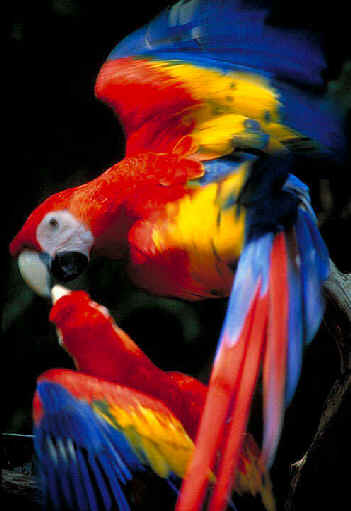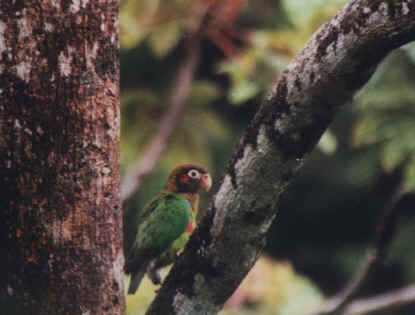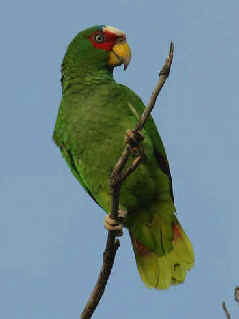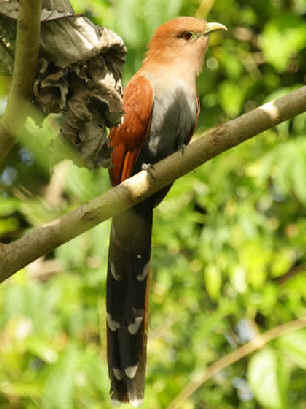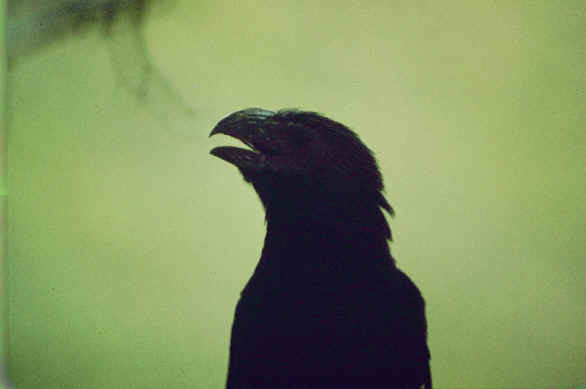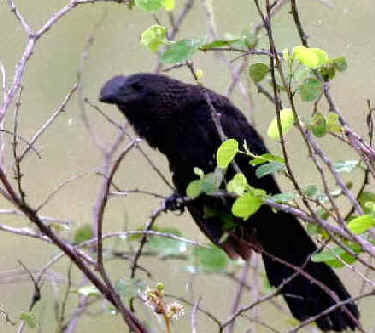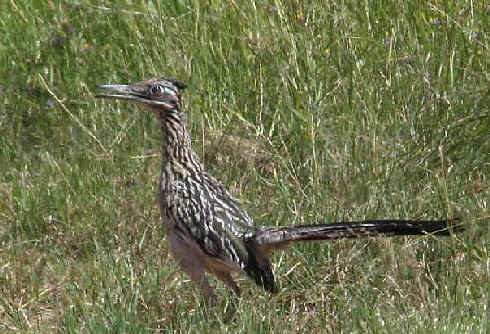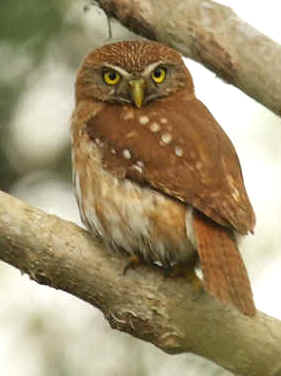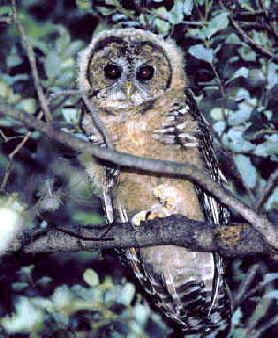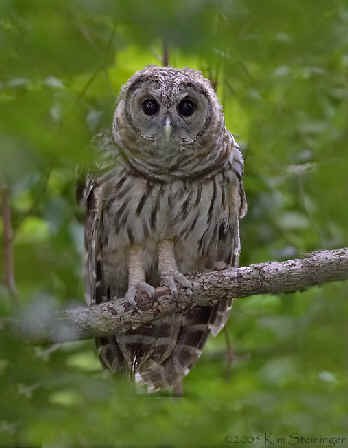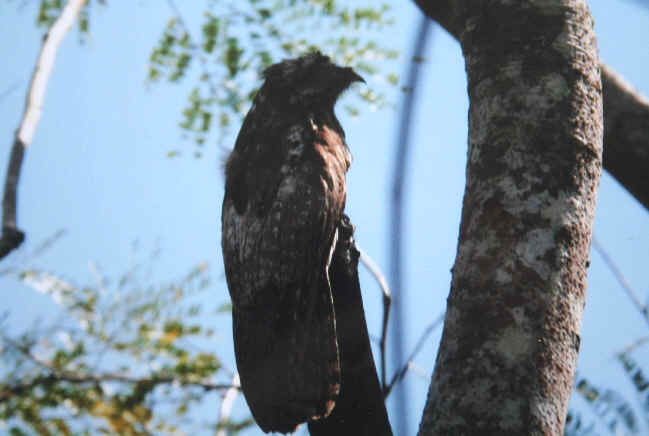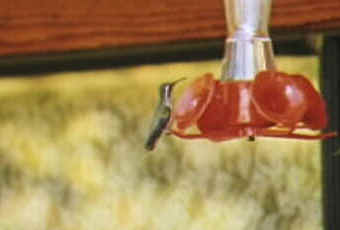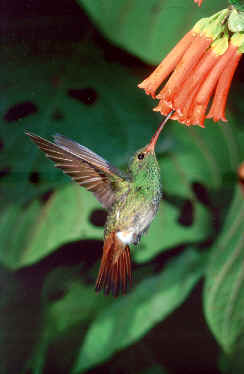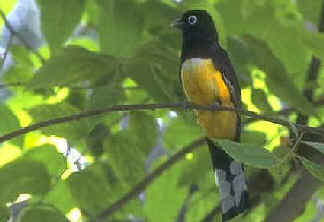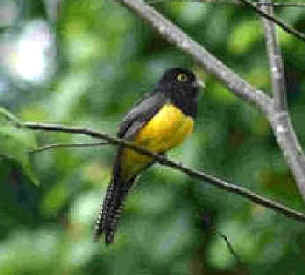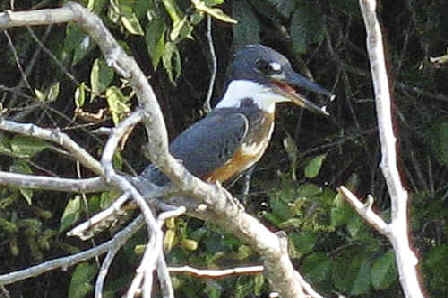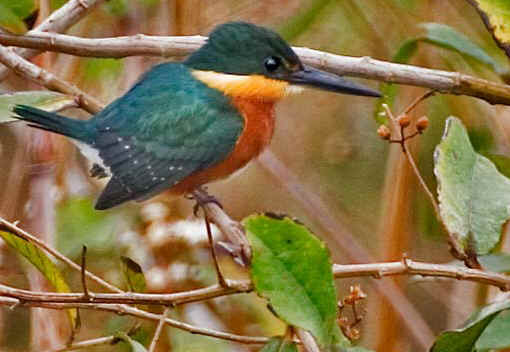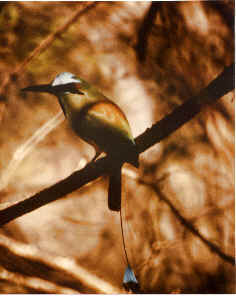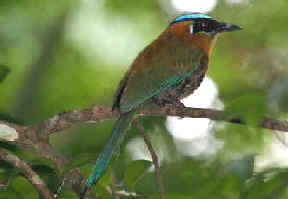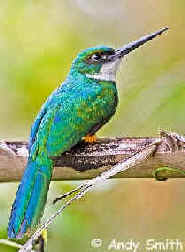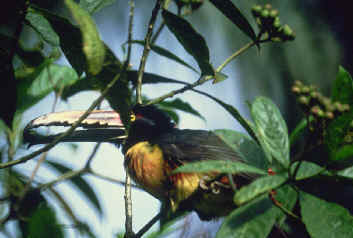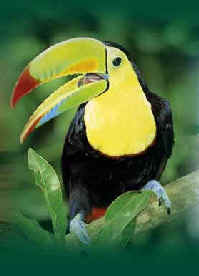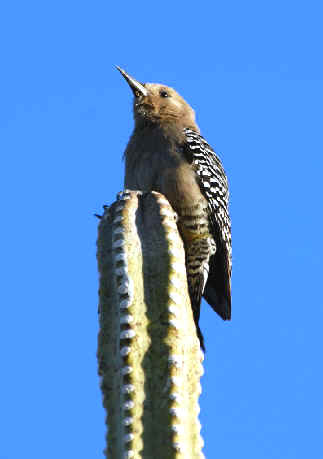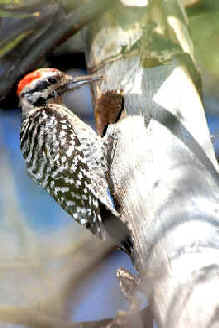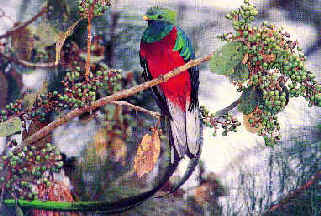 MEXICO
BIRDS
MEXICO
BIRDS
Tinamous to Woodpeckers
those found during
Focus On Nature Tours
noted with an (*)
Part 1 of a List of Mexico Birds
by
Armas Hill
PHOTO AT UPPER RIGHT: the RESPLENDENT QUETZAL,
a name from an Aztec word, "Quetzalli", meaning "precious"
or "beautiful"
Link:
Mexico
Bird List, Part 3: Manakins thru Buntings
ALSO IN
PART 2: PELAGICS, VAGRANTS & RARITIES, HYPOTHETICALS, and
birds EXTINCT or presumed so.
Cumulatively, there have been 11 FONT birding & nature tours in Mexico.
Codes:
a globally threatened or rare species,
designated by Birdlife International.
(t1): critical (t2): endangered (t3): vulnerable
(nt): a near-threatened species globally.
(i): an introduced species.
(MXe): a species endemic to Mexico
In the list that follows, relating to FONT tours, the
Mexican region & the months are noted.
BC: in Baja California
CZ: on Cozumel Island
SN: in Sonora
YP: on & near the Yucatan Peninsula
The birds in the list below are coded as to their status IN MEXICO:
(MX1): endangered
(MX2): threatened
(MX3): of special concern (or near-threatened)
A fine book, "Jungle of the
Maya" has recently been published (in 2006) by the University of Texas
Press. In it, there some very good photographs of wildlife in Belize, and in
nearby Guatemala & Mexico. In the following lists, pages in that book with
photos of particular species are referred to with a (p. xx)
Links:
Upcoming
FONT Birding & Nature Tours in Central America & Mexico
Birds of Cozumel Island, Mexico
Birds of Sonora, Mexico
Birds of the Yucatan region of Mexico
Mammals of
Mexico (with
some photos)
Amphibians & Reptiles of
Mexico (with
some photos)
Butterflies of the Yucatan region of
Mexico (with some photos)
Directory
of Photos in this Website, in this list & others

Bird-List:
- Pomarine Jaeger ______
Stercorarius pomarinus
- Parasitic Jaeger ______
Stercorarius parasiticus
- Long-tailed Jaeger ______
Stercorarius longicaudus
- South Polar Skua ______
Stercorarius maccormicki
- Laughing Gull (*) ______ cz,sn,yp
Larus atricilla
- Franklin's Gull (*) ______ sn
Larus pipixcan
(monotypic)
- Bonaparte's Gull (*) ______ sn
Larus philadelphia
- Heermann's Gull (*) ______ (MX3) bc,sn
(a Mexican endemic breeder)
Larus heermanni
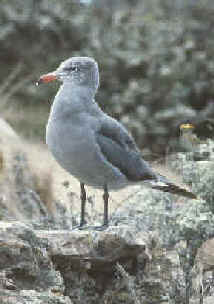
Heermann's Gull
(photo by Armas Hill)
- Mew Gull _____ bc
Larus canus brachyrhnchus
- Ring-billed Gull (*) ______ bc,sn,yp
Larus delawarensis
- California Gull (*) _____ bc,sn
Larus californicus
- "American" Herring Gull (*) ______
cz,sn,yp
Larus argentatus smithsonianus
- Thayer's Gull _____ bc,sn
Larus thayeri
- Lesser Black-backed Gull (*) ______ yp
Larus fuscus graellsii
- Kelp Gull _____ yp
(may
best be listed as a vagrant, but this South American species has occurred
repeatedly, since November 1987, in the northern Yucatan)
Larus domincanus
- Yellow-footed Gull (*) ______ (MX3) bc,sn
Larus livens
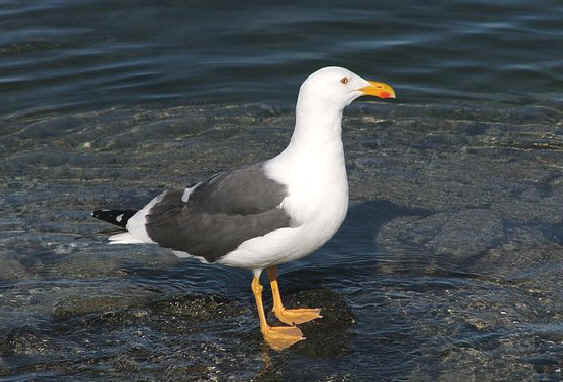
A Yellow-footed Gull, along the coast of the Sea of Cortez
(photo by Abram Fleishman)
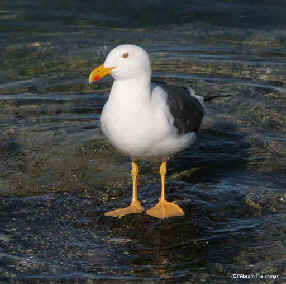
- Western Gull ______ bc,sn
Larus occidentalis wymani
- Glaucous-winged Gull ______ bc,sn
Larus glaucescens
- Gull-billed Tern (*) ______ sn
Gelochelidon (formerly Sterna) nilotica
vanrossemi
- Sandwich Tern (*) ______ cz,yp
Thalasseus (formerly Sterna) sandvicensis acuflavida
- Royal Tern (*) ______ bc,cz,sn,yp
Thalasseus (formerly
Sterna) m. maxima
- Elegant Tern (*) ______ (nt) (MX3) bc,sn
Thalasseus
(formerly Sterna) elegans
- Caspian Tern (*) ______ bc,cz,sn,yp
Hydroprogne (formerly Sterna) caspia
(monotypic)
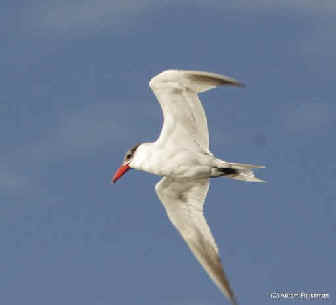
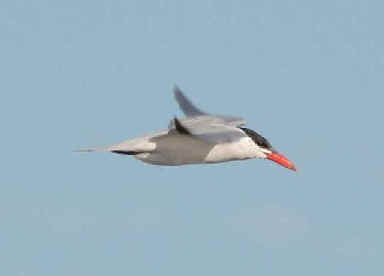
The Caspian Tern, the largest of the world's terns,
in flight.
(photo by Abram Fleishman)
- Roseate Tern ______ (MX3) cz
(occurs at
Cozumel Island)
Sterna d. dougallii
- Common Tern ______ cz,sn
Sterna h. hirundo
- Forster's Tern (*) ______ sn,yp
Sterna forsteri
- Least Tern (*) ______ (MX3)
cz,sn,yp
Sternula antillarum
Sternula antillarum browni ______ (MX1) (in west Mexico &
California)
- Bridled Tern ______ (MX3) cz,yp
(occurs at Cozumel Island)
Onychoprion anaethetus
- Sooty Tern _____ cz,yp
Onychoprion fuscata
- Black Tern ______ yp
Chlidonias niger surinamensis
- Brown Noddy ______ cz,yp
(offshore)
Anous stolidus
- Black Skimmer (*) ______ cz,sn,yp
Rynchops n. niger
- Common Murre _____ bc
(winter)
Uria aalge californica
- Craveri's Murrelet (*) _____ sn
Synthliboramphus craveri
- Common (or Feral) Pigeon (i) (*) ______ bc,cz,sn,yp
Columba livia
- Red-billed Pigeon (*) ______ sn,yp
Patagioenas (formerly Columba) flavirostris
- Pale-vented Pigeon (*) ______ (MX3)
yp
Patagioenas (formerly
Columba) cayennensis pallidicrissa
- Scaled Pigeon (*) ______ (MX3)
yp
Patagioenas (formerly
Columba) speciosa (monotypic)
- White-crowned Pigeon (*) ______ (MX2)
cz,yp
Patagioenas
(formerly Columba) leccocephala
- Band-tailed Pigeon ______ sn
Patagioenas (formerly
Columba) fasciata
Patagioenas faciata vioscae ______ (MX3)
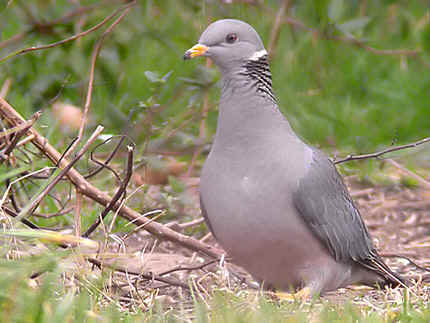
Band-tailed Pigeon
(photo by Fred Lesser)
- Short-billed Pigeon ______ (MX3)
Patagioenas (formerly
Columba) nigrirostris (monotypic)
- African Collared Dove (i) _____ cz
Streptopelia roseogrisea
- Eurasian Collared Dove (i) (*) _____ sn,yp
Streptopelia decocto
- White-winged Dove (*) ______
cz,sn,yp
Zenaida a. asiatica
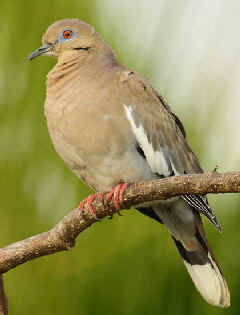
White-winged Dove
(photo by Dick Tipton)


 MEXICO
BIRDS
MEXICO
BIRDS






